Discover Luxembourg ‘s rich history, top travel destinations, best times to visit, and nearby attractions. Explore the charm of this European gem!
Table of Contents
Introduction
Ever thought about exploring Luxembourg? This tiny European nation packs a punch with its intriguing history, picturesque places to visit, and a strategic location that makes it a gateway to other fascinating spots. From medieval castles to modern art, there’s something for everyone. And guess what? We’ve got the lowdown on everything you need to make the most of your trip.
Luxembourg History
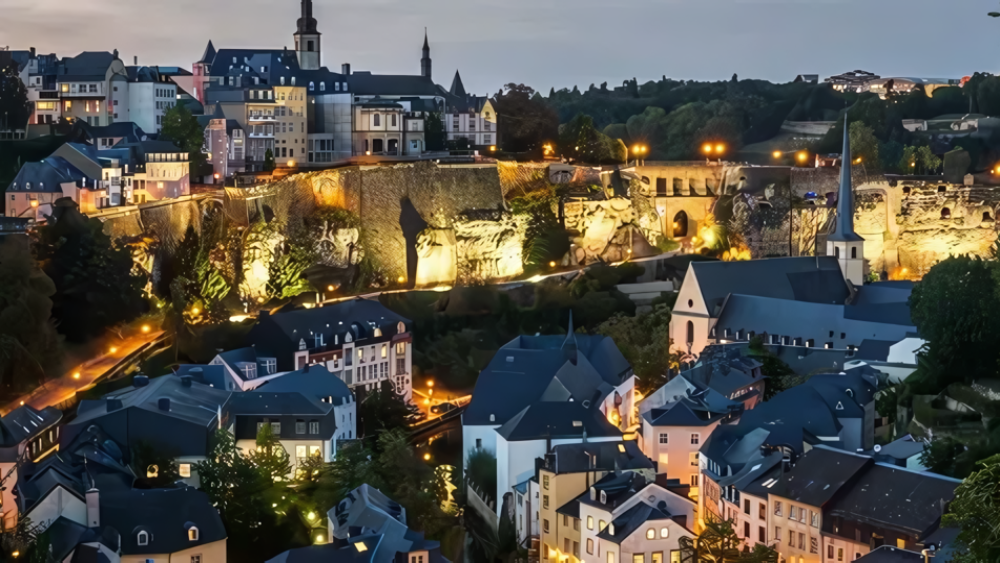
A Brief Walk Through Time
Luxembourg’s history is like a riveting novel, full of twists and turns. Founded in 963 by Count Siegfried, the nation’s journey from a small fortress to a powerful duchy is nothing short of fascinating. Over the centuries, Luxembourg was ruled by various European powers, including the Spanish, French, and Austrians, each leaving an indelible mark on its culture and architecture.
Key Historical Events
- 963: Siegfried, Count of Ardennes, acquires the land that will become Luxemborg.
- 1443: The Duchy of Luxemborg falls under the Burgundian rule.
- 1815: The Congress of Vienna elevates Luxemborg to a Grand Duchy.
- 1867: The Treaty of London declares Luxemborg’s independence and neutrality.
- 1944: Luxemborg is liberated from German occupation during WWII.
Top Places to Travel in Luxembourg
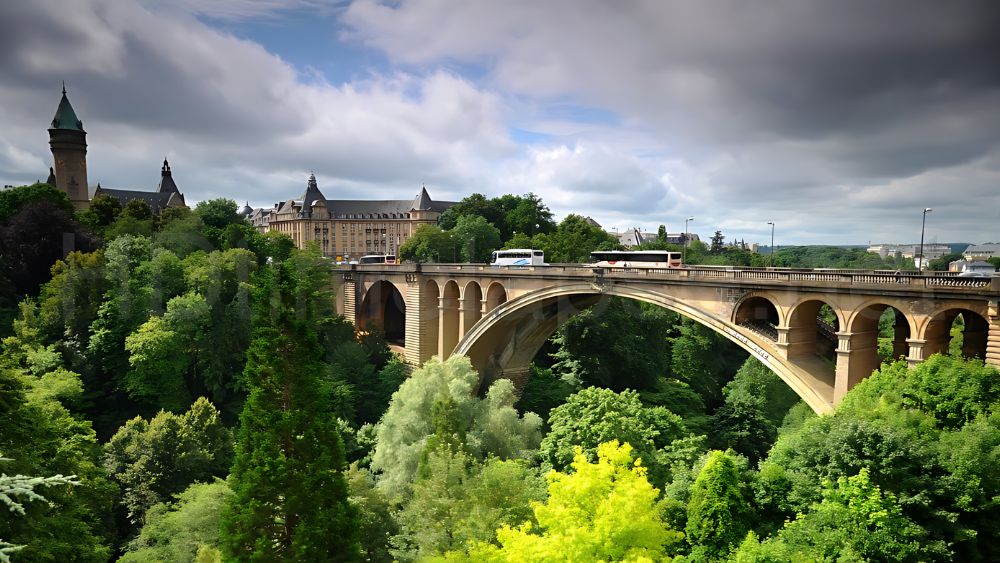
The Enchanting Capital: Luxembourg City
Luxemborg City is a treasure trove of sights and sounds. It’s not just the administrative heart of the country but also a cultural and historical hub.
- Old Quarter: A UNESCO World Heritage site, this area boasts cobblestone streets, ancient fortifications, and the Grand Ducal Palace.
- Casemates du Bock: These underground tunnels offer a peek into the city’s military past. Walking through them feels like stepping back in time.
- Adolphe Bridge: An architectural marvel, offering stunning views of the Petrusse Valley.
Fairytale Castles
Luxemborg is dotted with castles that seem straight out of a storybook.
- Vianden Castle: Perched on a hill, this restored castle offers breathtaking views and a fascinating history.
- Beaufort Castle: Known for its medieval ruins and Renaissance chateau.
- Bourscheid Castle: With its imposing towers, it’s one of the most picturesque castles in the country.
Natural Beauty: Mullerthal Region
Known as Luxemborg’s Little Switzerland, the Mullerthal Region is a haven for nature lovers. Hiking trails, scenic waterfalls, and lush forests make it perfect for outdoor activities.
- Schiessentümpel Waterfall: A must-see, with its charming wooden bridge and cascading waters.
- Mullerthal Trail: Spanning 112 kilometres, this trail takes you through some of the most stunning landscapes in Luxemborg.
Best Time to Visit Luxembourg
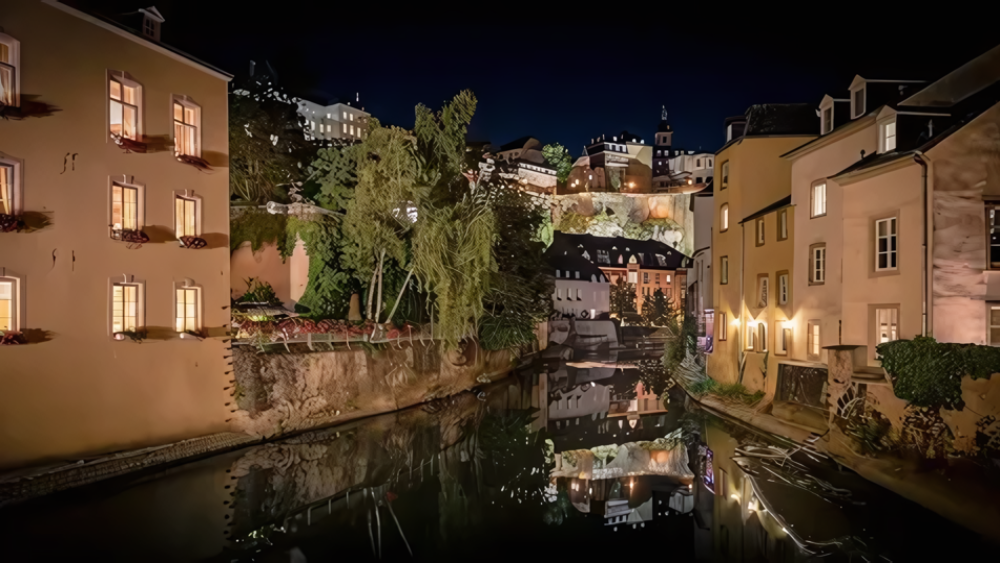
Seasons and Weather
Deciding when to visit Luxemborg? Each season offers its unique charm.
- Spring (March to May): Ideal for outdoor activities and exploring the countryside, with mild temperatures and blooming flowers.
- Summer (June to August): Perfect for festivals and events, though it’s the busiest tourist season.
- Autumn (September to November): The landscapes turn golden, and the weather is still pleasant.
- Winter (December to February): Cozy up in a café or explore Christmas markets. It’s quiet but can be quite magical.
Nearby Places Worth a Detour
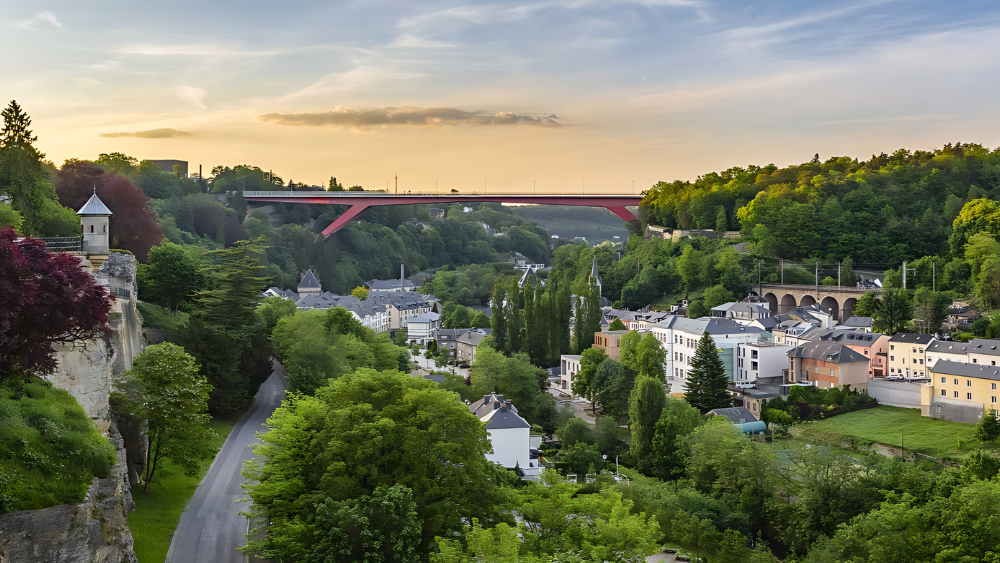
Luxemborg’s strategic location makes it an excellent base for exploring neighbouring countries.
Belgium: The Ardennes
Just a hop, skip, and a jump away, the Belgian Ardennes is perfect for a day trip.
- Durbuy: Known as the smallest city in the world, it’s charming and picturesque.
- La Roche-en-Ardenne: Famous for its medieval castle and beautiful surroundings.
France: Lorraine Region
A short drive from Luxemborg, Lorraine offers a mix of history and natural beauty.
- Metz: Explore its Gothic cathedral and Centre Pompidou-Metz, a hub for contemporary art.
- Nancy: Renowned for its stunning Stanislas Square and Art Nouveau architecture.
Germany: The Moselle Valley
The Moselle Valley, known for its vineyards and scenic beauty, is right on Luxembourg’s doorstep.
- Trier: Germany’s oldest city, with Roman ruins and a vibrant market square.
- Bernkastel-Kues: A charming town known for its half-timbered houses and excellent wines.
Conclusion
Luxemborg might be small, but it’s brimming with history, stunning places to visit, and a strategic location that makes exploring nearby regions a breeze. Whether you’re wandering through medieval castles, hiking in the Mullerthal Region, or enjoying the vibrant culture of Luxemborg City, there’s something for everyone. Remember, the best time to visit Luxemborg depends on what you want to experience, but each season has its own unique charm. So, pack your bags and get ready to uncover the wonders of Luxemborg and its surroundings!
Never miss these things while travelling to Okinawa Island Japan 2024
FAQs About Luxembourg Travel
1. Do I need a visa to visit Luxembourg?
For EU citizens, no visa is required. For non-EU citizens, it depends on your country of origin. It’s best to check with the Luxemborg embassy.
2. Is English widely spoken in Luxembourg?
Yes, English is commonly spoken, especially in tourist areas, along with French, German, and Luxemborgish.
3. What currency is used in Luxembourg?
The Euro (€) is the official currency.
4. How can I get around in Luxembourg?
Public transportation is excellent and free throughout the country. Renting a car is also a good option for exploring at your own pace.
5. Are credit cards accepted widely?
Yes, credit cards are widely accepted in most places.
By: Travelloguide

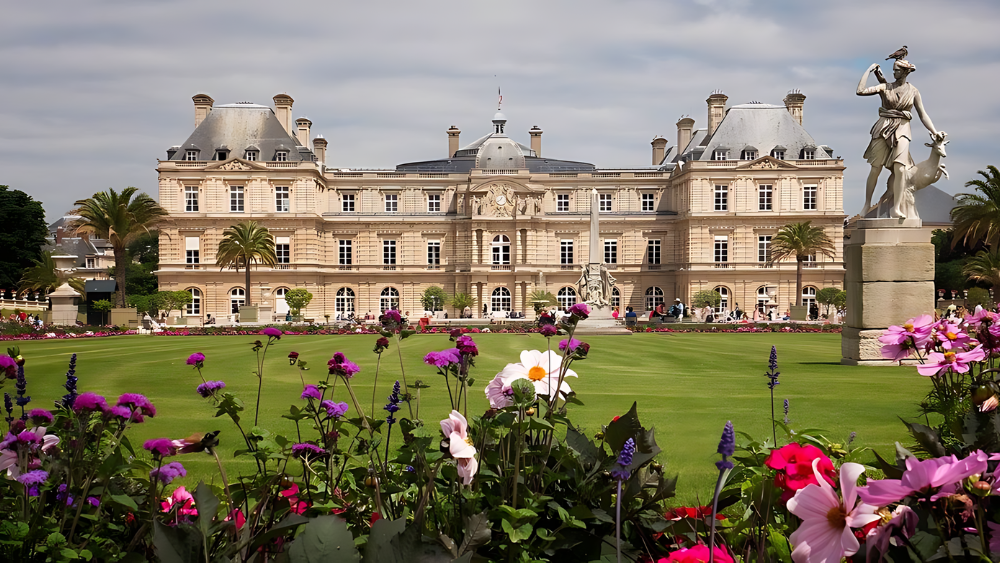
3 comments
[…] Luxembourg Travel: Never Miss these Famous Places […]
[…] Luxembourg Travel: Never Miss these Famous Places […]
[…] Luxembourg Travel: Never Miss these Famous Places […]